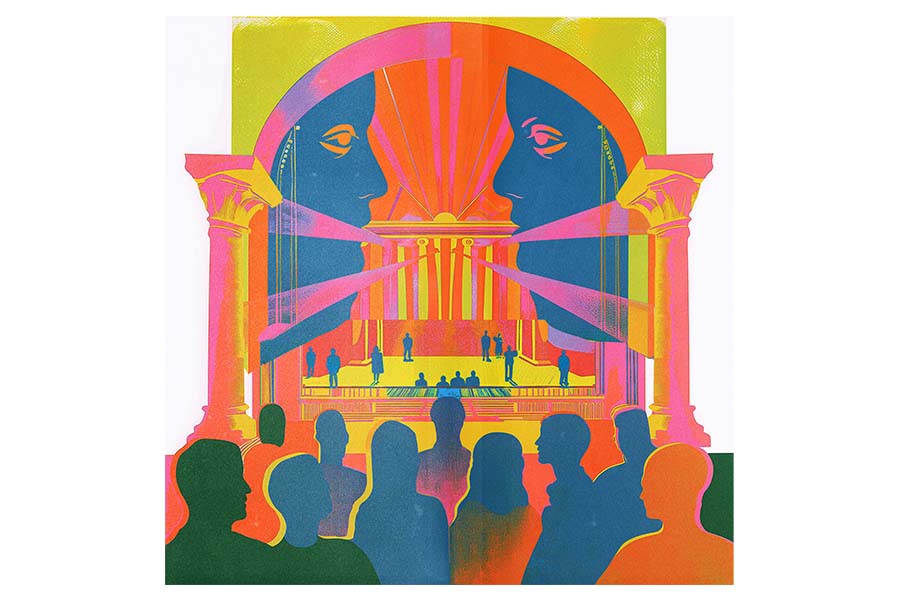So, what if we pay closer attention? What if we find new collaborators who don’t know what we have to offer but are willing to be curious together? What if we stage our role in civic life with the audacity and aspiration we bring to our most excellent art?
The opportunities of this moment compel us as artists and organizations to translate what we know about the power of art into a clear story of community benefit. Whose lives, what values, and what commitments do we center in the choices we make budgetarily, programmatically, creatively? What benefit do we bring to our community? Who and what do we serve?
Our futures as theatres and theatre artists depend on how we wrestle with these questions. There is a growing national conversation about health, at the individual and community level, that offers us a powerful and timely opportunity to explore them.
Maria Rosario Jackson, PhD, the current chair of the National Endowment for the Arts (NEA), is spearheading, per President Biden’s executive order, an unprecedented movement across the federal government to integrate the arts across all federal agencies and to support allowable expenditures for arts-based strategies in all infrastructure and other funding priorities at the federal, state, and local levels. This means cross-sector collaboration is being incentivized and community organizations, like theatres, can partner with local and state government agencies to tackle community needs in areas such as public engagement, housing, and health equity at a scale and frequency not seen since the Great Depression.
In late January in Washington, D.C., at a national summit on arts and health hosted by the White House and the NEA, leaders from across those fields listened as Surgeon General Dr. Vivek Murthy told Jackson that a loneliness epidemic is at the core of our nation’s mental health crisis, and that he saw the arts as an urgently needed remedy, a path to individual healing and social cohesion. Examples were shared; testimony was given.
In fact, there is a global movement called social prescribing taking root across the U.S., thanks to the work of researchers like Dr. Jill Sonke, community health leaders like Paloma Hernandez, arts practitioners like Anne Basting, PhD, university leaders like Deb Cullinan, and government agency leaders like Michael Bobbitt. This movement is likely to alter how the arts are funded in significant ways. Social prescribing, a system whereby patients are referred to local social, food, housing, nature and recreation, and arts and culture resources, means that care providers can broaden what they prescribe to include arts and cultural resources. Pilot programs in the U.S. are demonstrating that healthcare and insurance dollars can be used to pay for these services.
In other words, arts and cultural providers are paid, like health service providers, for filling those prescriptions. This can include classes, workshops, event attendance, co-creation, and/or participation. The goals of this movement are arts access and equitable health outcomes for all. In service of these goals, advocates are working for these prescriptions to be reimbursable by Medicaid and by private insurance companies. If this happens—if Medicaid rules shift and enough evidence persuades insurance companies that it’s in their financial interest to provide these benefits for their customers—the resources that would become available for arts experiences in the U.S., and for the artists and institutions that provide them, would be transformative.


